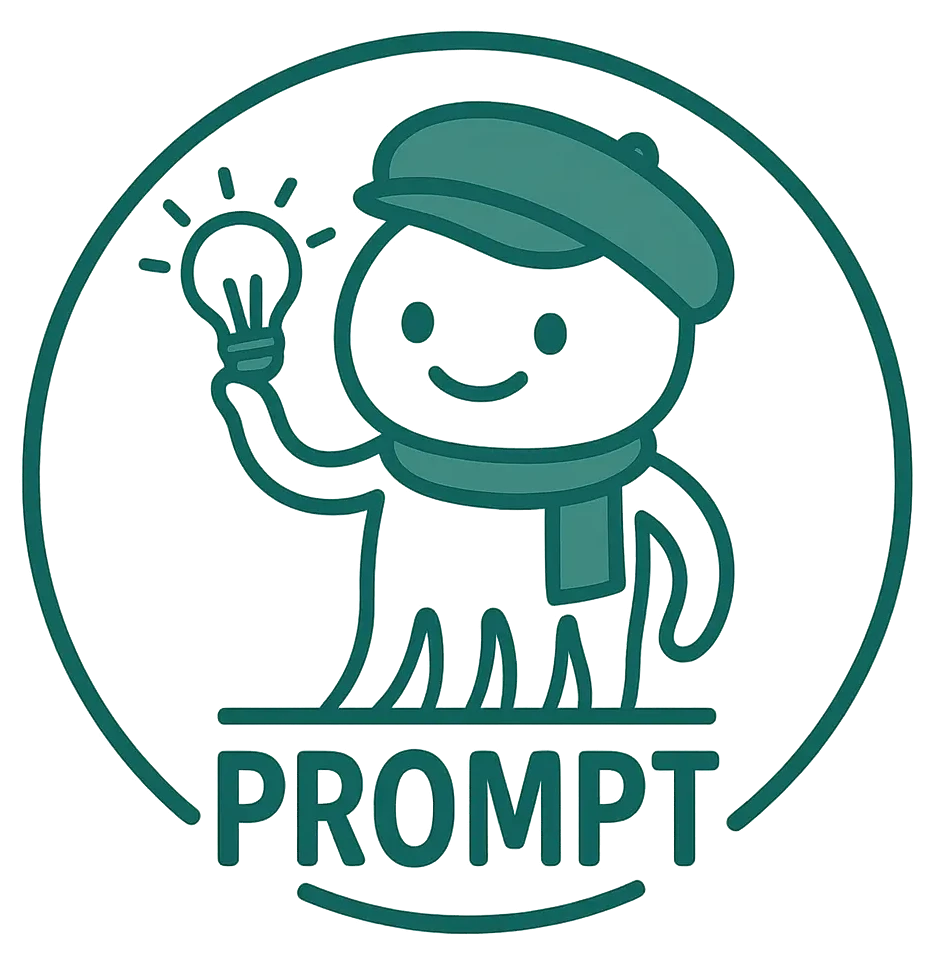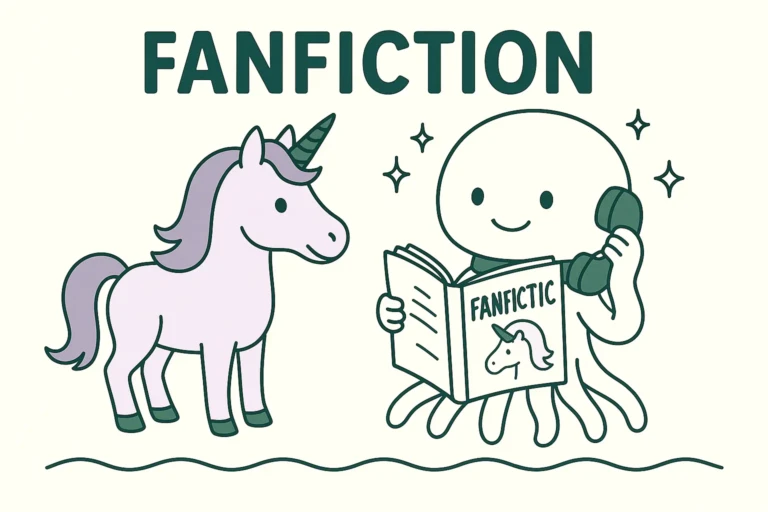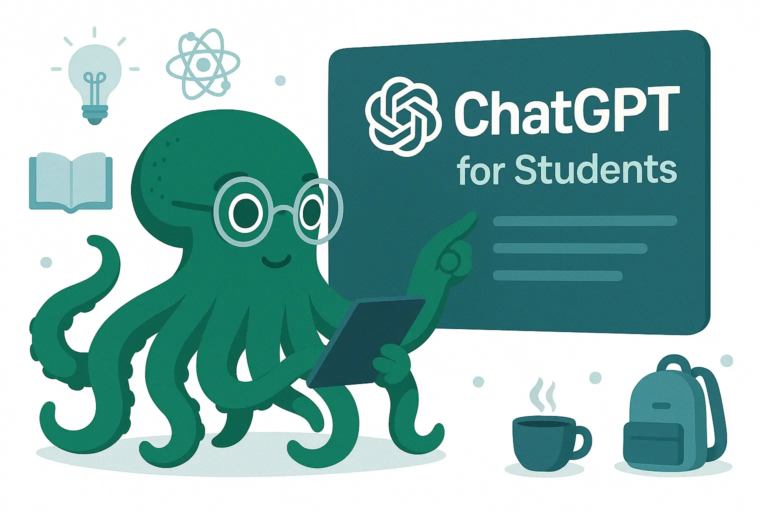10 ChatGPT Prompts For Writing Children’s Books
You might think writing for kids has to do with making things simple — but it’s more than that.
It’s about telling a story that feels magical, meaningful, and fun all at once.
And that’s not always easy, especially when you’re starting from scratch.
The good news? ChatGPT can help.
If you use the right prompts, it can spark ideas, build characters, and even write full drafts that feel playful and age-appropriate.
In this post, I’ll share 10 solid prompts you can use to write your next children’s book — whether it’s silly, sweet, or full of adventure.
Let’s jump in.
ChatGPT Prompts For Writing Children’s Books
1. Generate a Wholesome Story Idea for Young Kids
CONTEXT
You are a children’s book author looking for a fresh story idea that’s age-appropriate, positive, and simple enough for young kids to understand. You want the story to feel wholesome and spark curiosity.
GOAL
Get a brand-new story idea that’s friendly, gentle, and suitable for children aged 3 to 7.
RESPONSE GUIDELINES
Suggest a short story plot with a clear beginning, middle, and end
Keep the language age-appropriate and joyful
Include a main character with a cute or funny name
Avoid violence or complex themes
Make it easy to adjust for [insert audience], [insert theme], [insert reading level]
OUTPUT
One complete story idea with a short summary of the plot.2. Create a Lovable Main Character with Unique Traits
CONTEXT
You’re writing a children’s book and want to design a main character that young readers will instantly love. This character should have a fun name and a few special traits that make them stand out.
GOAL
Generate a lovable character with a unique personality, appearance, and relatable qualities.
RESPONSE GUIDELINES
Suggest a name that’s playful and easy to remember
Describe what the character looks like (funny, cute, or magical)
Give them 2–3 personality traits kids can connect with
Make sure the character fits the [insert genre], [insert age group], [insert tone]
Add a simple “why kids love them” line
OUTPUT
A short character description with name, appearance, traits, and appeal.3. Build a Magical World That Sparks Imagination
CONTEXT
You want to create a magical setting for your children’s book — a world that feels exciting, safe, and full of wonder. It should transport kids into an imaginative place they’ll want to return to.
GOAL
Describe a fun, magical world where your story can take place, with vivid but simple details.
RESPONSE GUIDELINES
Name the magical world and describe its main features
Include fun elements like talking animals, floating houses, or candy mountains
Keep it colorful and safe for children ages [insert age group]
Make sure it fits the mood of a [insert tone], [insert genre], [insert lesson] story
Add one or two unique rules or customs in the world
OUTPUT
A 3–5 sentence description of a magical world with sensory details and charm.4. Write a Simple Moral Story for Ages 4–6
CONTEXT
You’re writing a story for young children that teaches a gentle life lesson. The story should be easy to follow and carry a clear moral without being preachy.
GOAL
Create a short story idea that delivers a moral lesson in a fun and lighthearted way.
RESPONSE GUIDELINES
Start with a simple problem kids can understand
Use animals, toys, or children as characters
Include a moral like sharing, telling the truth, or being kind
Make the ending positive and satisfying for [insert audience], [insert value], [insert reading level]
Keep the plot simple: beginning, middle, and happy ending
OUTPUT
One short story summary with a clear moral at the end.5. Develop a Fun Dialogue Between Two Animal Friends
CONTEXT
You’re writing a scene in your children’s book where two animal characters talk. The conversation should be playful, clear, and show their personalities through their words.
GOAL
Create a short, fun dialogue between two animal friends that sounds natural and entertaining for kids.
RESPONSE GUIDELINES
Use simple words and short sentences
Show how the animals feel or act through the dialogue
Make it playful and age-appropriate for [insert age group], [insert tone], [insert theme]
Give each animal a unique voice or way of speaking
Add a small moment of humor, surprise, or teamwork
OUTPUT
A short dialogue (6–8 lines) between two named animal characters.6. Turn a Life Lesson into a Short Bedtime Story
CONTEXT
You want to help kids learn a gentle life lesson through a short bedtime story that’s calming and meaningful. The story should be simple, soft in tone, and easy to read aloud.
GOAL
Create a short bedtime story that teaches a small but important life lesson.
RESPONSE GUIDELINES
Begin with a cozy setting (e.g., forest, home, night sky)
Introduce a small challenge or moment of growth
Include a lesson like patience, gratitude, or kindness
Keep the language soothing for [insert audience], [insert tone], [insert bedtime setting]
End with a peaceful closing line or feeling of comfort
OUTPUT
A short bedtime story idea with a clear lesson and gentle tone.7. Brainstorm a Creative Series Idea for Kids
CONTEXT
You’re planning to write a children’s book series and want a concept that can grow across multiple stories. The series should be fun, simple, and feature a strong central theme or character.
GOAL
Generate a creative and flexible series idea that appeals to young readers.
RESPONSE GUIDELINES
Describe the main character or group the series follows
Include a setting that allows for different adventures or situations
Suggest 2–3 sample story titles or plot ideas
Keep it age-appropriate for [insert audience], [insert reading level], [insert theme]
Make sure the idea can work across at least 3–5 books
OUTPUT
One paragraph with a children’s book series concept and story examples.8. Make a Rhyming Story for Early Readers
CONTEXT
You’re writing a children’s book for early readers and want to create a story with rhymes that are simple, fun, and easy to read aloud. The rhyming pattern should be catchy and repetitive.
GOAL
Generate a short rhyming story for young children that’s both engaging and easy to follow.
RESPONSE GUIDELINES
Use a simple rhyming pattern (AABB, ABAB, etc.)
Keep the story’s theme light and fun (e.g., animals, seasons, friends)
Make sure the language is easy for early readers (ages 4–6)
Repeat key words or phrases to encourage memorization and participation
Ensure the rhythm and rhyme flow naturally and smoothly for [insert tone], [insert audience]
OUTPUT
A short rhyming story (4–6 lines) with a clear plot and repetitive structure.How to Use These Prompts Effectively
1. Personalize the prompts: Customize each prompt with specific details about your book.
For instance, replace general placeholders like [insert audience], [insert tone], and [insert theme] with specifics about your book’s age group, mood, and story elements to make the outputs more tailored.
2. Edit AI outputs: AI responses provide a great starting point, but refine them to suit your voice.
Adapt the suggestions to match your storytelling style, ensuring the content feels natural and engaging for your target readers.
3. Integrate into workflows: Use these prompts at different stages of your book’s creation.
For example, start with a character prompt for early brainstorming, move on to story development with setting and plot ideas, and finish with title and activity generation once your book’s content is ready for publication.
4. Experiment with variations: Don’t hesitate to tweak the prompts or ask for multiple versions to get different ideas or solutions.
This will help you explore a range of creative possibilities for your children’s book.
Wrap-Up: ChatGPT Prompts For Children Books
Now that you have a collection of prompts for creating a children’s book, it’s time to bring your ideas to life!
Don’t be afraid to get creative, adapt the suggestions to fit your unique style, and most importantly—have fun with it!
Kids will appreciate the heart and imagination you put into your story.
Remember, writing a children’s book is a journey, and each prompt is designed to make the process easier and more enjoyable.
Start writing today and let your imagination take the lead!







